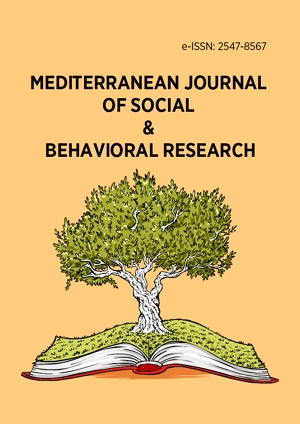Abstract
From a psycho-linguistic and marketing perspective, the research fits into the evaluation of in the context of tourism and, in particular, tourism mobility, targeting one of the leading Italian rail transport companies, namely Trenitalia. This study, conducted on tweets, aims to examine how talks about the transport service offered by Trenitalia. A total of 674 tweets for the tourist season 2019 and 100 tweets for the tourist season 2020 were collected following the pre-COVID-19 and COVID-19 period. The methodology is the application of sentiment analysis (SA) that produces quantitative and qualitative results. For the quantitative part, the sentiment was calculated first automatically via the Sentistrength software, then an extraction of the frequencies and calculation of the dependence (Chi-square statistic and t-test) between year and polarity was conducted with R, statistical software. The results show that SA is a good methodology of analysis of the online reputation and customer satisfaction of a company that deals with tourism, also in the difference between pre-COVID-19 and COVID-19 period.
License
This is an open access article distributed under the Creative Commons Attribution License which permits unrestricted use, distribution, and reproduction in any medium, provided the original work is properly cited.
Article Type: Research Article
MEDITERR J SOC BEH RES, Volume 7, Issue 1, February 2023, 29-41
https://doi.org/10.30935/mjosbr/12790
Publication date: 01 Jan 2023
Article Views: 1586
Article Downloads: 912
Open Access References How to cite this article
 Full Text (PDF)
Full Text (PDF)